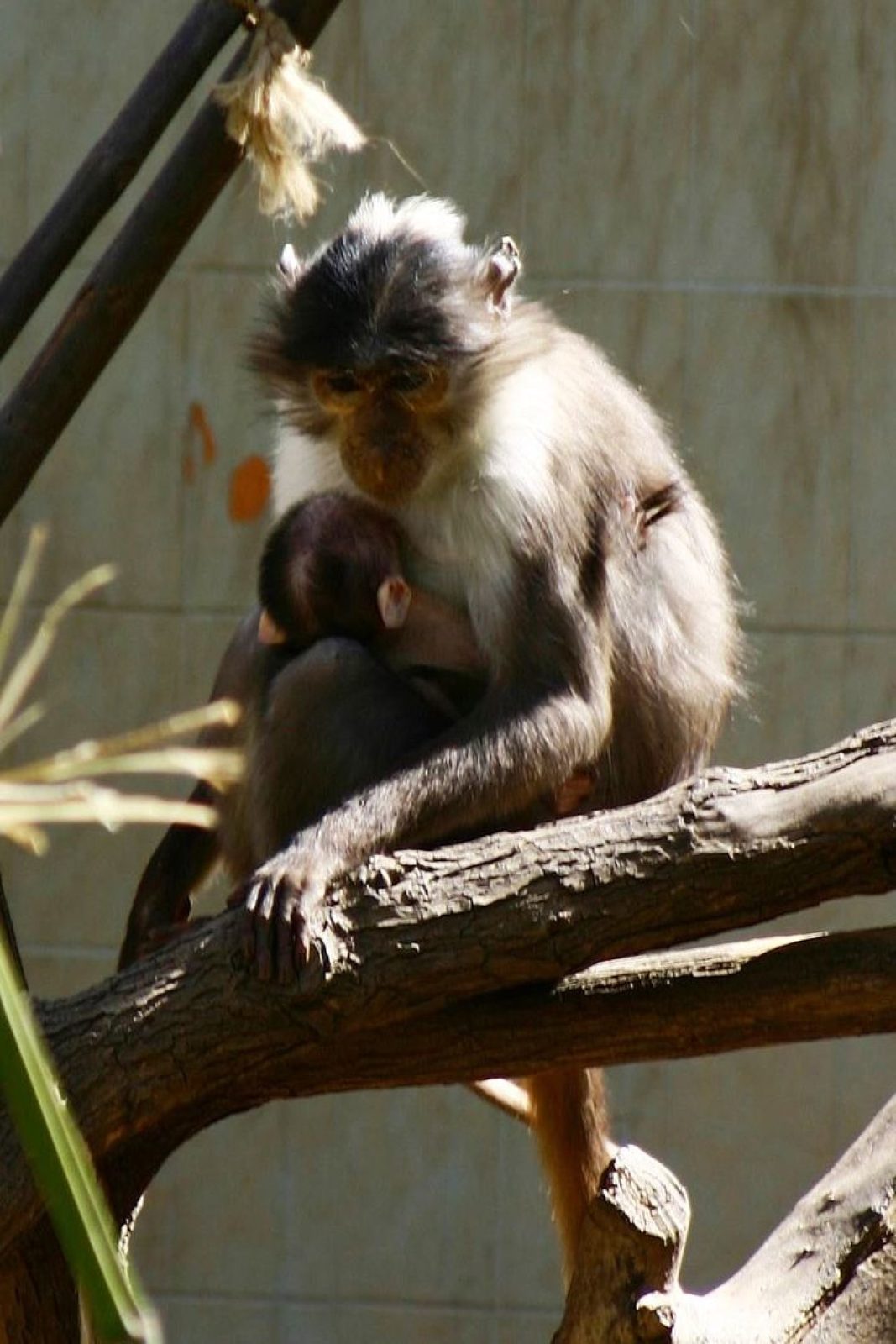
White-naped Mangabey
The white-naped mangabey (Cercocebus lunulatus) is a species of Old World monkey in the subfamily Cercopithecinae. The species is found in the forest of Burkina Faso, Ghana and Ivory Coast. The species population has been declining due to deforestation and hunting and has thus been put as an endangered species by the International Union for Conservation of Nature. The species was once considered a subspecies of the sooty mangabey but is now a separate species.
They are considered endangered, which means something needs to happen, in order to improve their status. The population has declined by 50% in just 3 generations. They were discovered in Burkina faso in just 2006. By 2014 they had become locally extinct.
Unfortunately, their range is now patchy and much smaller than they have been historically – especially in Ghana. They used to roam though much of the country, but it is now thought to be restricted to just 2 protected areas, within Ghana. THese are the Cape three points forest reserve, and the Ankasa-Tano community forest. One of the most essential places for the species is the Tanoe swamp forests in Ivory coast (Côte d’Ivoire).
While white-naped mangabeys used to roam throughout much of the country, scientists believe they are now restricted to just two protected areas within Ghana—Cape Three Points Forest Reserve and the Ankasa-Tano Community Forest. One of the most important areas for the species is the Tanoé swamp forest in Côte d’Ivoire, where groups of up to 300 individuals have been reported. White-naped mangabeys make their homes in primary and secondary gallery and swamp forests in the Upper Guinean rain forests of West Africa, a biodiversity hotspot.
Primary forests are those that are very old, as they have been relatively undisturbed for a long period of time. Secondary forests are younger, as they have regrown after a significant disturbance, like a timber harvest or fire. Gallery forests are those that are situated along rivers and wetlands, while swamp forests grow in waterlogged areas.
Below will appear any articles that get written on this species. Below that, we will link to any areas which allow you to go and visit this species in the wild (remember, that visits are the only current long-term way of protecting them.
We all need to cut our carbon footprint, where we can. However, if we do not visit places like that, there is no reason for locals to conserve -we must balance these two conflicting needs.